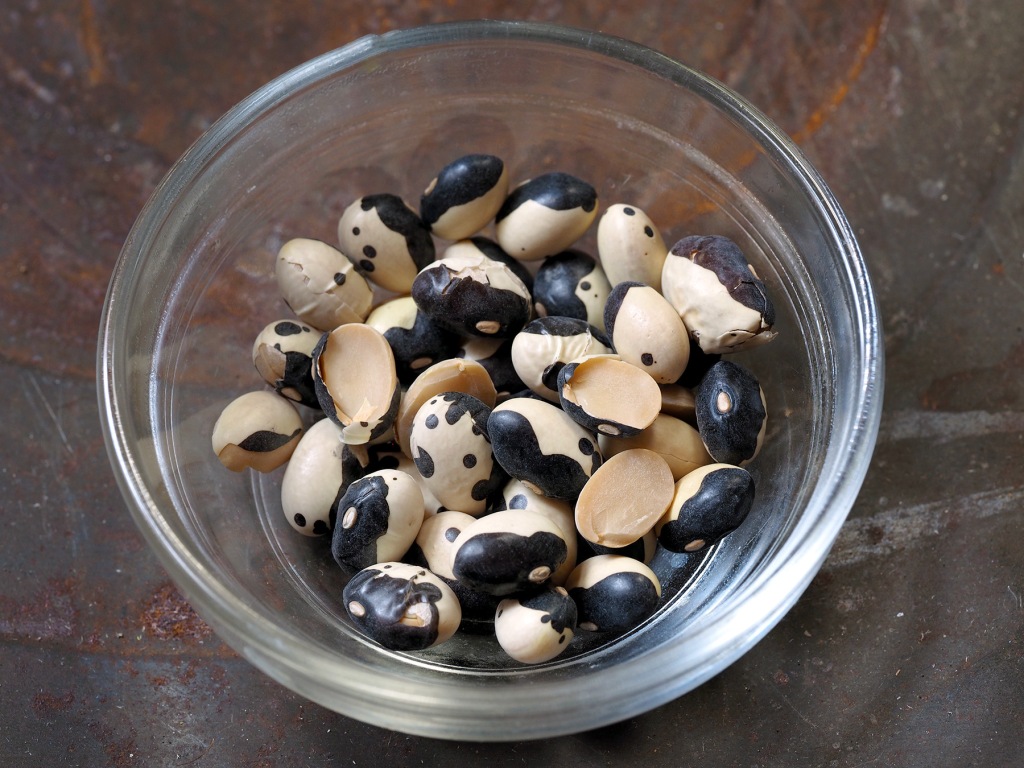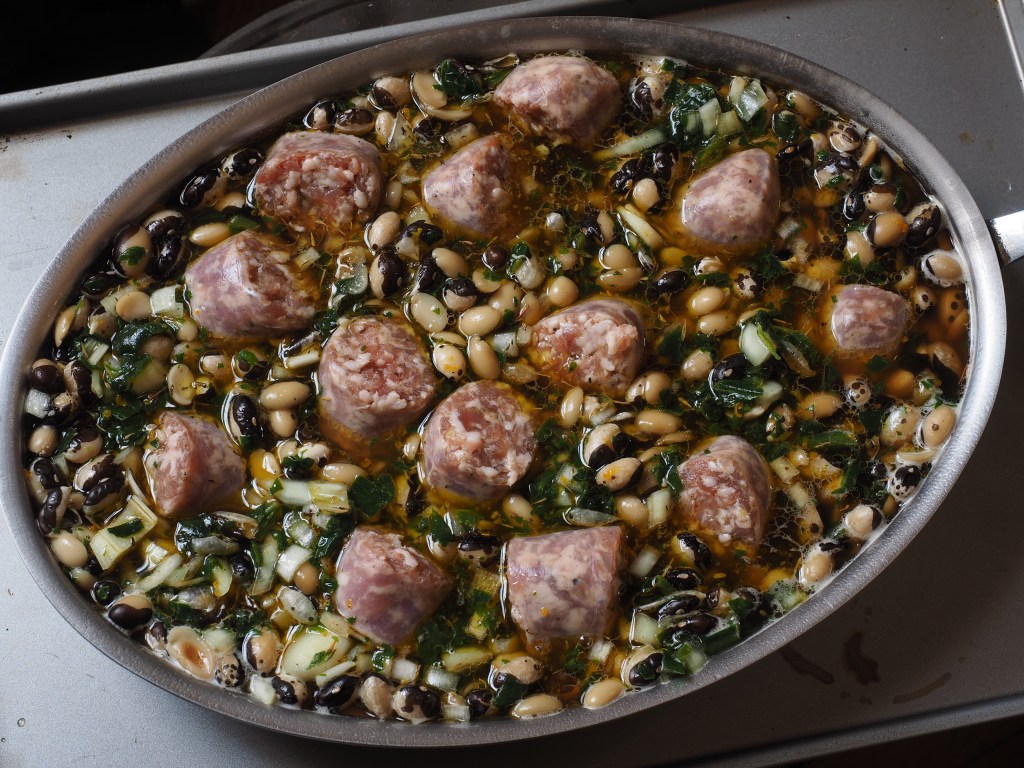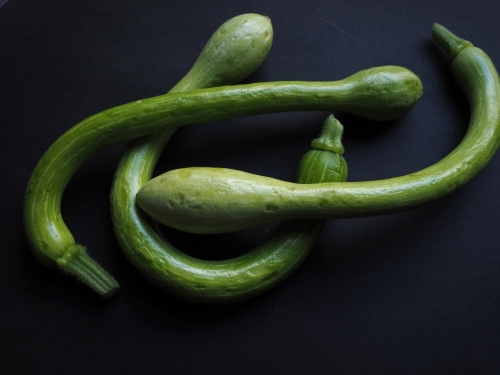
I don’t know when I first discovered pomegranates but it was sometime in my early teens. I was hooked! I loved their color, the piquancy of the arils, the messiness of pulling the fruit apart (I know, I know, there are some tidy methods of doing this but I like what I like!), the stains on my fingertips. To this day, nothing can dissuade me from the thrill I feel when I first discover them arriving in the market…..usually long about now! And the first thing I do is lean over my kitchen sink and begin pulling my purchase apart, almost slurping up the juicy arils as the colorful juice runs down my chin.
I rarely use them in cooking or baking — I just love pulling them apart and popping the arils – seeds, to me — between my teeth and feeling the juice explode on my tongue. However, once in awhile I will patiently extract the arils and pile them up in a bowl to use in a salad, as a garnish or even in a stew. Here is a salad in which they can shine. It is perfect for fall. It can stand on its own or be a side kick to almost any meat or game.
Wild Rice Salad
Serves 6
1 cup wild rice
Salt
½ cup low-fat plain yogurt
¼ cup hazelnut or walnut oil
¼ cup rice wine vinegar, preferably Japanese rice wine
½ teaspoon curry powder
¼ teaspoon minced ginger
1 cup julienned snow peas
¾ cup pomegranate arils plus more for garnishing if you like
½ cup julienned yellow bell pepper
½ cup chopped toasted hazelnuts
Pepper
Rinse the wild rice and place in a bowl with cold water to cover for about 30 minutes or up to 1 hour. Drain well and transfer to a medium saucepan. Add 4 cups of cold water and season with salt. Place over high heat and bring to a boil.
Lower the heat, cover and cook at a gentle simmer for about 45 minutes or until the rice is tender, but a bit chewy. Remove from the heat and spoon into a colander. Set aside to drain thoroughly.
While the rice is cooking, prepare the dressing.
Combine the yogurt with the hazelnut oil in a small mixing bowl. Whisk in the vinegar. When blended, whisk in the curry powder, and ginger. Season with salt and pepper and set aside to allow the flavors to blend.
When the rice is well drained, transfer to a serving bowl. Toss in the snow peas, pomegranate, bell pepper and hazelnuts. When well-blended, drizzle in the dressing, tossing to distribute evenly.
Taste and, if necessary, season with salt and pepper.
Serve, as is, or with pomegranate sprinkled over the top or on a bed of greens.














